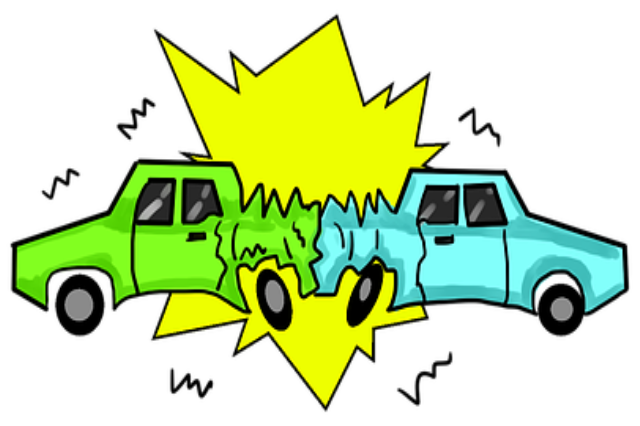

Frugal-minded people like to hold onto their older cars for as long as possible. This can make a lot of sense for their wallet, but it may have another, more significant cost: safety. Newer vehicles are substantially safer than their older counterparts. Driving a new vehicle versus one that is more than a decade old can be the difference between walking away from a crash unharmed and not.

A lot of people think that new cars are much more fragile than older cars. They say things like “they don’t make them like they used to” or “I always see plastic bumpers flying off newer cars after a collision. In a sense this is true. However, every year, manufacturers learn how to build smarter and safer cars. Watch a video online of an old car crashing into a new one to see the difference for yourself.

The key to modern car safety is that they are built to protect the passengers in the event of a crash. Vehicles have very strong passenger compartments and carefully designed “crumple zones” that are intended to absorb the majority of the impact. So, while some modern crashes may look catastrophic, the truth is that the passengers are nearly always safer in newer cars than in older vehicles.
Think about the computer you used 20 years ago compared to the one you have today. That same advancement has been realized in automotive technology as well. Cars today have numerous sensors and automated systems that protect its occupants. This includes blind-spot monitoring, automated braking, lane-keep assist and more. When installed in new cars, that technology makes them safer than cars just a few years older.
Simply put, driving an old car means missing out on all the new safety advancements. Is it really worth the risk? Cases settled by car accident attorneys make it clear that people who choose to purchase and drive newer vehicles are safer and more responsible, especially to the passengers they have with them. Driving an old car may save some money in your monthly budget, but the true cost could be much greater if you get in an accident.